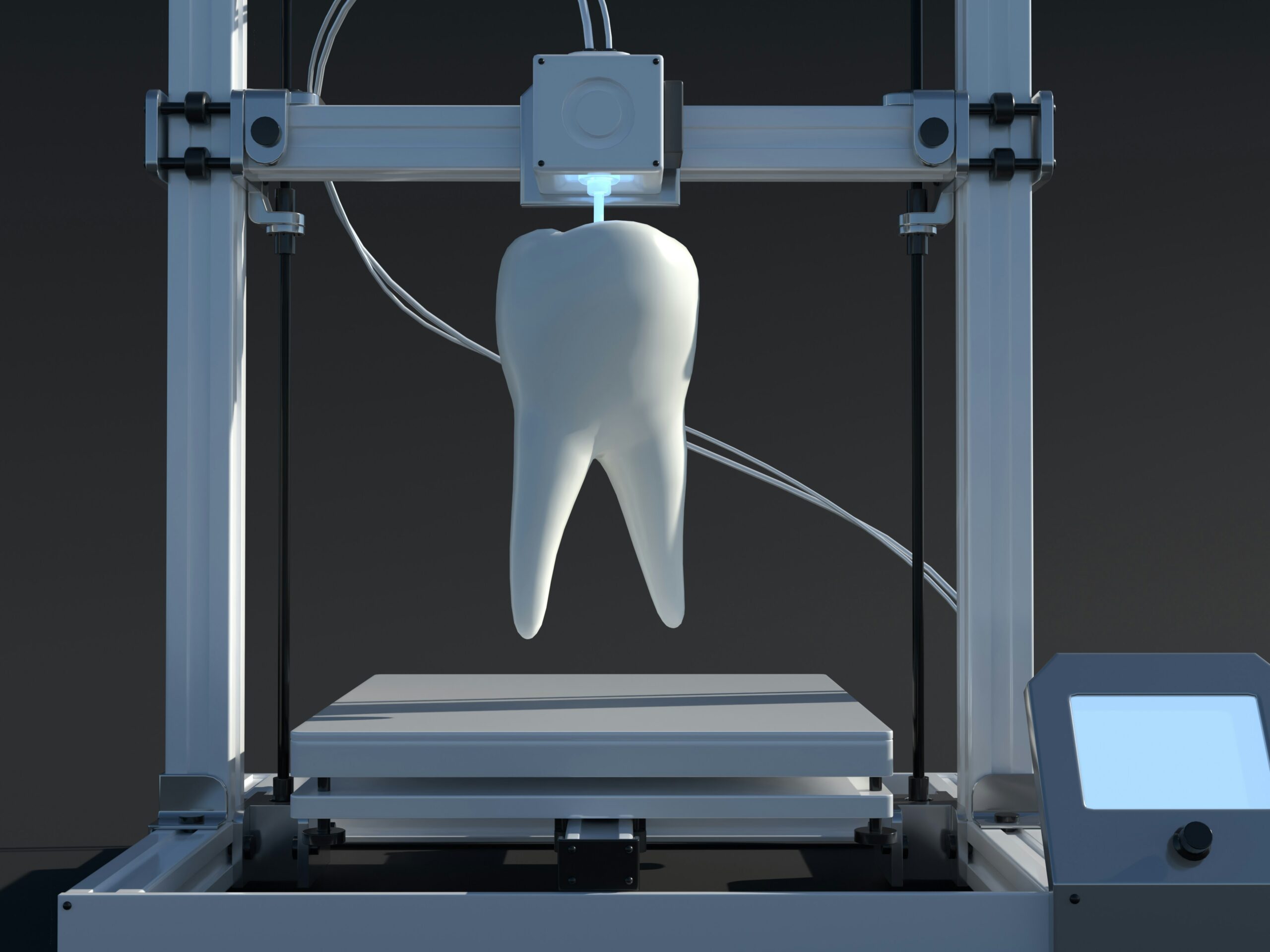
In recent years, dental technology has seen a remarkable shift with the introduction of 3D printing. Once a futuristic concept, 3D printed teeth are now entering mainstream dental care, offering a blend of speed, precision, and patient-centered solutions. As we look ahead, the impact of this innovation on the future of dentistry is becoming increasingly apparent. It’s not just about printing teeth; it’s about transforming the entire dental experience, from diagnosis to treatment and beyond.
A New Era in Dental Restoration
Traditional dental procedures often involve multiple visits, uncomfortable molds, and long waiting times for crowns, bridges, or dentures. With 3D printing, that process is undergoing dramatic changes. Dentists can now use digital scans of a patient’s mouth to design and print custom teeth within a few hours. This reduces turnaround time, allowing for same-day restorations in many cases.
What makes 3D-printed teeth so effective is their accuracy. Because they’re crafted using precise digital data, the resulting restorations are a near-perfect match to a patient’s natural tooth structure. This level of customization results in better-fitting prosthetics, more comfortable outcomes, and ultimately, higher patient satisfaction.
Improved Access and Affordability
Another significant benefit of 3D-printed teeth is the potential to make quality dental care more accessible and affordable. In many parts of the world, dental services are limited or too expensive for large segments of the population. 3D printing technology streamlines the manufacturing process, reducing the need for third-party dental labs and lowering costs while eliminating delays.
This shift has opened the door for more patients to receive timely care. In underserved communities, mobile clinics and smaller dental practices can now use compact 3D printers to deliver fast and effective treatments that were once out of reach. In time, this may help close the gap in dental health disparities and bring relief to those who have long gone without proper care.
Personalized Dentistry at Its Best
One of the most exciting developments in the field is the rise of personalized dentistry. 3D printing allows dental professionals to go beyond one-size-fits-all solutions and tailor treatments to each patient’s unique anatomy. Whether it’s a single tooth replacement or a complete set of dentures, every piece can be designed with the individual in mind.
This personalization enhances both function and aesthetics. Patients no longer have to worry about visible differences between their prosthetic teeth and natural ones. The materials used in modern 3D printers also offer a lifelike appearance and feel, contributing to a more confident smile and natural bite. Over time, as these materials continue to evolve, they will only become more durable and visually indistinguishable from real teeth.
Speeding Up the Healing Process
3D printed teeth don’t just improve how restorations are made—they also enhance how patients heal. Because the implants and prosthetics can be created with such accuracy, they fit better and place less strain on surrounding tissues. This reduces discomfort and promotes faster recovery. Patients can return to normal eating and speaking habits more quickly, making the entire dental journey smoother.
Additionally, 3D printing supports the creation of surgical guides and models that help dentists plan procedures with greater confidence. These tools reduce the risk of complications and ensure more predictable outcomes, leading to safer and more effective treatments overall.
Training Tomorrow’s Dentists
Dental schools and institutions are also embracing 3D printing as a teaching tool. Students can now practice on realistic models generated from actual patient data, providing them with hands-on experience that closely mirrors real-world cases. This type of immersive learning helps develop sharper skills and better prepares future dentists for the challenges they’ll face in the clinic.
With continued adoption, we may see a new generation of dental professionals who are more tech-savvy and equipped to provide high-quality, patient-focused care. The fusion of technology and traditional training could raise the overall standard of dentistry across the board.
Environmental and Ethical Benefits
Beyond patient care, 3D printing may also offer some environmental advantages. Traditional dental manufacturing methods often generate significant waste, including unused materials and packaging. In contrast, 3D printers are highly efficient, using only the necessary materials to create each item. As sustainability becomes more important across healthcare, this shift could help dentistry reduce its ecological footprint.
There’s also an ethical dimension to consider. By enabling faster and more affordable treatments, 3D printing aligns with achieving equitable healthcare. No longer is advanced dental care reserved for the few; with these tools, more people can experience the dignity of a healthy smile.
Looking Forward
The future of dentistry is bright, and 3D-printed teeth are at the heart of this transformation. As technology advances, we can expect even greater precision, stronger materials, and broader adoption. From reshaping how treatments are delivered to making dental care more inclusive, 3D printing is more than just a tool—it’s a revolution in oral health.
In the coming years, your next visit to the dentist might involve a digital scan, a high-speed printer, and a perfectly crafted tooth ready in a matter of hours. And while the smile you leave with may look the same, the way it was created will reflect the exciting new direction of modern dentistry.